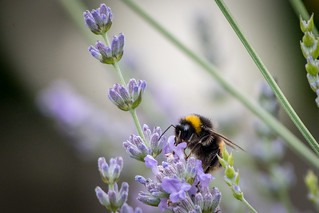I picked up a SMC Pentax-D FA 100mm F2.8 Macro for a good price in the forum's market place It is usable as a short telephoto as well as a 1:1 macro lens
the following info is found in the in depth review of the D FA 100 mm 2.8 Macro WR:
" The optical design is the tried-and-proven formula of the previous generation
D FA 100mm F2.8 Macro lens, which in turn had inherited the optical design from the well-respected
FA 100mm F2.8 and F 100mm F2.8 macro lenses introduced in 1991 and 1987, respectively. None of these earlier lenses had rounded aperture blades.
Read more at:
Pentax-D FA 100mm F2.8 WR Macro Review - Specifications | PentaxForums.com Reviews j "
I like it a lot and I have also used it in connection with the HD Pentax-DA 1.4x AW AF Rear Converter
my Tamron AF 70-300mm F/4-5.6 LD Tele-Macro [1:2] (Model 772D) has a setting for 1:2 macro
the 100 macro has a minimum focusing 30 cm ( 11.8 " ) for 1:1
the Tamron has a minimum focusing . 95 m ( 37. 4 ") for 1:2
remember [ as I understand it ] that the focal length of the lens has an effect on the focusing distance for macro. the shorter the focal length of a prime lens, the closer you have to be to your target.
my 100 mm macro allows me to be further from my target than a 35 mm macro
no problem if I am trying to take macro of a coin but could be problematic if I am trying to take a macro of a bee in the field
Last edited by aslyfox; 08-03-2017 at 05:22 AM.


 Similar Threads
Similar Threads 







 .
.



 Post #23 by TER-OR
Post #23 by TER-OR








